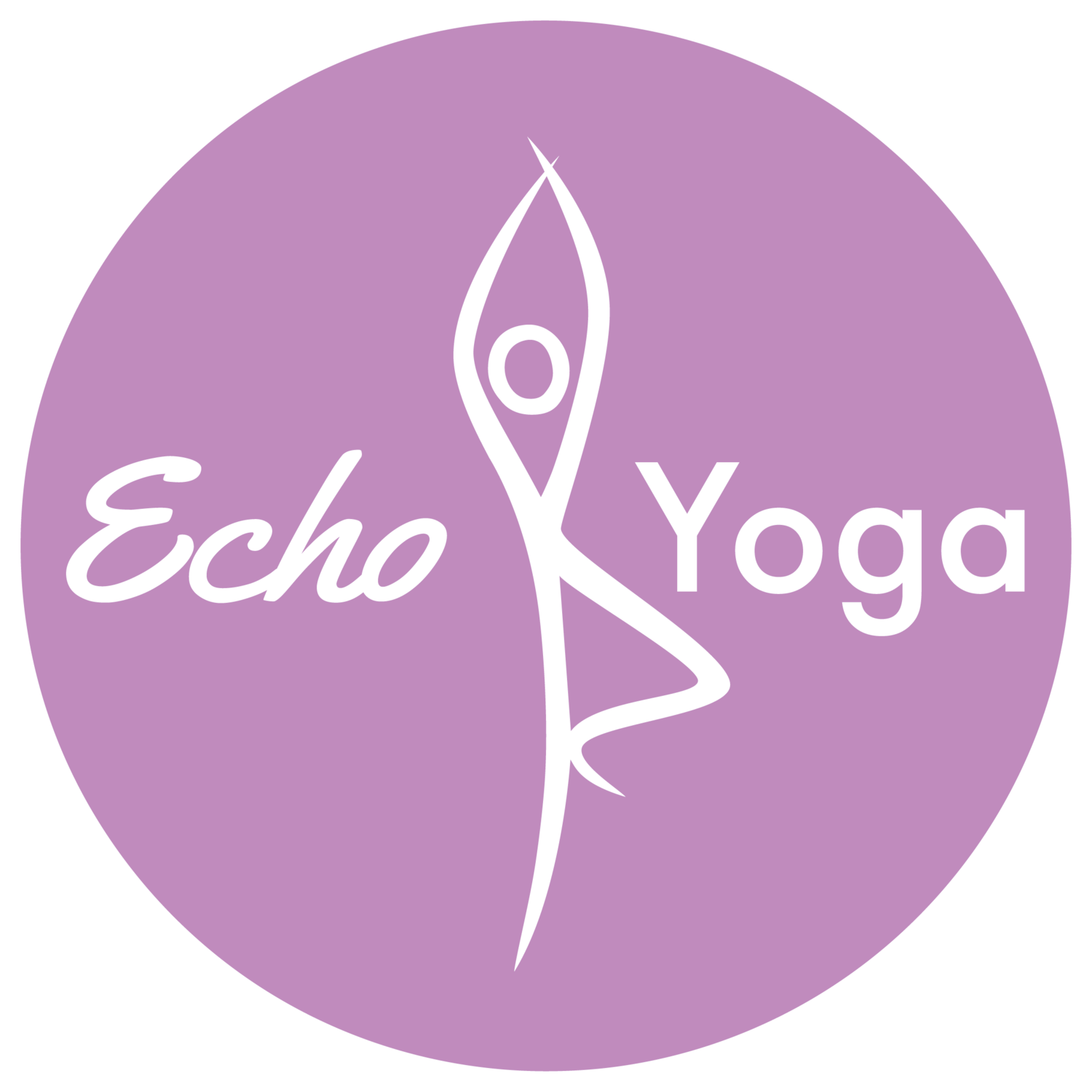Yoga teachers: An in depth risk assessment when collaborating with Healthcare Organisations
If you are planning to work collaboratively with the NHS (National Health Service) or large organisations with your yoga work a more in-depth risk assessment is required. All NHS managers keep a log of all completed risk assessment in a risk register. This register is then reviewed monthly during clinical governance meetings or when there is a change of service or risk. Using a tool that the NHS understands will help you evidence your assessment in a language they and their managers understand. This will give you an advantage in presenting yourself as a thorough professional who understands risk within large organisations.
Building on from my first blog on risk assessment ( https://www.echoyoga.co.uk/post/yoga-teachers-an-easy-guide-to-risk-assessment ) we are going to look at risk in a more in depth manner.
First steps are to identify the hazard and who could be harmed and how.
Consequence
This is the outcome of the harm caused by the hazard. Many large organisations group their consequences of hazards under broad headings. These headings can include (and are not exclusive):
Impact on the safety of patients, staff or public ( physical or psychological harm)
Quality, complaints and audit
Human resources
Statutory duty and inspections
Business objectives and projects
Finance
Environment
There is a scale of consequence from negligible to catastrophic and scored 1-5. See table 2 below.
Table 1
Likelihood
What is the likelihood of the consequences occurring? How often is it likely to occur? The frequency based score is appropriate in most cases and is easy to identify. This is predominantly used in the NHS. The probability score is appropriate for risks relating to time limited or one-off projects or business objectives.
Risk scoring.
The risk score is identified by multiplying the consequence score by the likelihood score. For example you may want to teach chair yoga on a stroke ward. One of the risks could be that someone falls off their chair during the yoga class. A potential hazard as people who have had a stroke have a weakness on one side of their body and tend to lean on to the weaker side. If they did overbalance and fall what would be the consequence? This could be any of the consequence score but for this example I will score moderate which is a 3. What is the likelihood of this happening? Who will be in the room to support the people participating in yoga? Will they be well supported in chairs by props and pillows? The likelihood of this happening I would say was possible which is a 3.
Table 2
Consequences 3 x Likelihood 3 = 9
Table 3
Grading Risk
When we have our risk score, we are then able to grade this risk as low, moderate, high or extreme risk (Table 3 ). In our risk assessment template we are the asked what measures we are able to put in place to reduce the risk. Then recalculate another risk score which should be lower than the first score.
From our worked example the score is 9 which is moderate risk. If you then documented the changes you would make, such as using appropriate chairs for people with weaknesses, presence of staff or family members to support the participants in the class. The likelihood of a fall happening would be reassessed and possibly be reduced to a 2 as an unlikely.
Consequence 3 x Likelihood 2 = 6
This is still moderate risk but a lower score. This can be reviewed as ongoing once the class has started. The risk and consequences are likely to reduce further as more actions are put in place to manage the risk.
All this information can then be inputted into a risk assessment form. I have attached an example below (Table 4.). You can change or amend this to suit your own particular requirements.
Table 4
Collaborating with large organisations is a great way to expand your yoga teachings. Most will be delighted to have the opportunity to work with you but will require in depth risk assessment. This is to ensure that the people in their employment or care are not at any risk of harm.
Any comments are welcome. I hope you find this blog beneficial.






